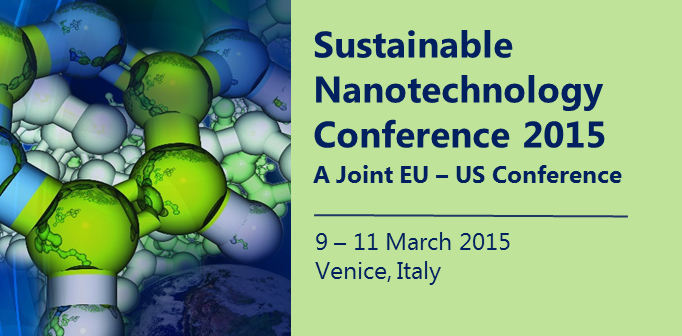Speaker
Maria Luisa Frenandez-Cruz
(INIA, Spain)
Description
Hernández-Moreno D.1, Li L. 2, Connolly M. 1, Conde E. 3, Fernández M. 3, Schuster M. 4, Navas J.M. 1, Fernández-Cruz M.L. 1*
1. Instituto Nacional de Investigación y Tecnología Agraria y Alimentaria (INIA), Departamento de Medio Ambiente, Carretera de la Coruña Km 7
Madrid, Spain
2. State Key Laboratory of Environmental Chemistry and Ecotoxicology, Research Center for Eco-Environmental Sciences, Chinese Academy of
Sciences, Beijing 100085, China
3. Centro de Investigaciones Energéticas, Medioambientales y Tecnológicas (CIEMAT), Madrid 28040, Spain
4. Department of Chemistry, Technische Universität München, Garching 85747, Germany
*[email protected]
Abstract:
The purpose of the study was to determine the mechanisms underlying the enhancement of
toxicity produced by co-incubation of copper (CuNPs) and zinc oxide nanoparticles (ZnONPs) in
the fish hepatoma cell line PLHC-1 after 48 h of exposure.
Cells were exposed to CuNP 50 nm at a range of concentrations (0.39 - 25.0 μg/mL), alone or in
combination with ZnONP (25 and 100 nm) at a non-toxic concentration of 6.25 μg/mL. For
both NPs, cells were exposed to suspensions (nanoparticles) or to supernatants (ions), and
their combinations. Viability of cells was evaluated by the MTT cytotoxicity assay. Data about
the characterization and behavior of the NPs in the cells was obtained by TEM, DLS and ICP-
MS.
Cytotoxicity was enhanced when cells where coexposed to both NPs suspensions and after
exposure to CuNPs supernatant and ZnONPs 25 nm suspension. Metal content was evaluated
for each combination of CuNPs and ZnONPs suspensions and supernatants. The intracellular
concentration of Cu remained stable whereas Zn increased significantly when cells were
exposed to: 1) ZnONP supernatants and CuNPs suspensions, 2) ZnONP suspensions and CuNP
supernatants. Further studies by TEM are conducted to elucidate this mechanism.
Acknowledgements: INIA project AT2011-001 and FP7 project GUIDEnano 604387.
Keywords: Co-exposure, zinc oxide nanoparticle, copper nanoparticle, cytotoxicity
Primary author
David Hernandez-Moreno
(INIA, Spain)
Co-author
Lingxiangyu Li
(State Key Laboratory of Environmental Chemistry and Ecotoxicology, Research Center for Eco-Environmental Sciences, Chinese Academy of Sciences, Beijing 100085, China)
